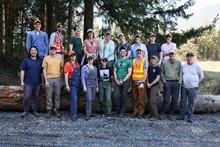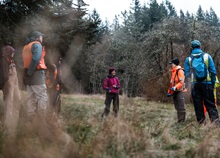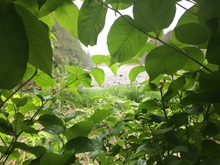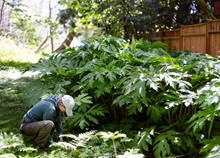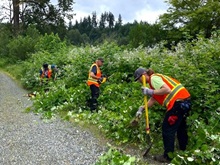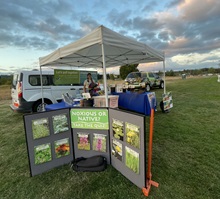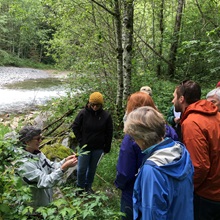About the King County Noxious Weeds program
Noxious weeds are found everywhere in King County: in urban, suburban and rural areas; on developed and undeveloped land; in gardens, farmland, forests and natural areas, as well as in lakes, rivers, streams and in Puget Sound. Weeds are everyone's problem, directly or indirectly.
Mission
To provide benefits to the environment, recreation, public health, and economic resources of King County by preventing and minimizing harmful impacts of noxious weeds.
Vision
Our vision is healthy and resilient landscapes in King County where the environmental, economic and social impacts of noxious weeds are minimized.
Services and projects
The noxious weed control program focuses on education, prevention, technical assistance, and control of noxious weeds through voluntary compliance. Preventing the spread of weeds is more effective and less costly than eradication.

 Translate
Translate
